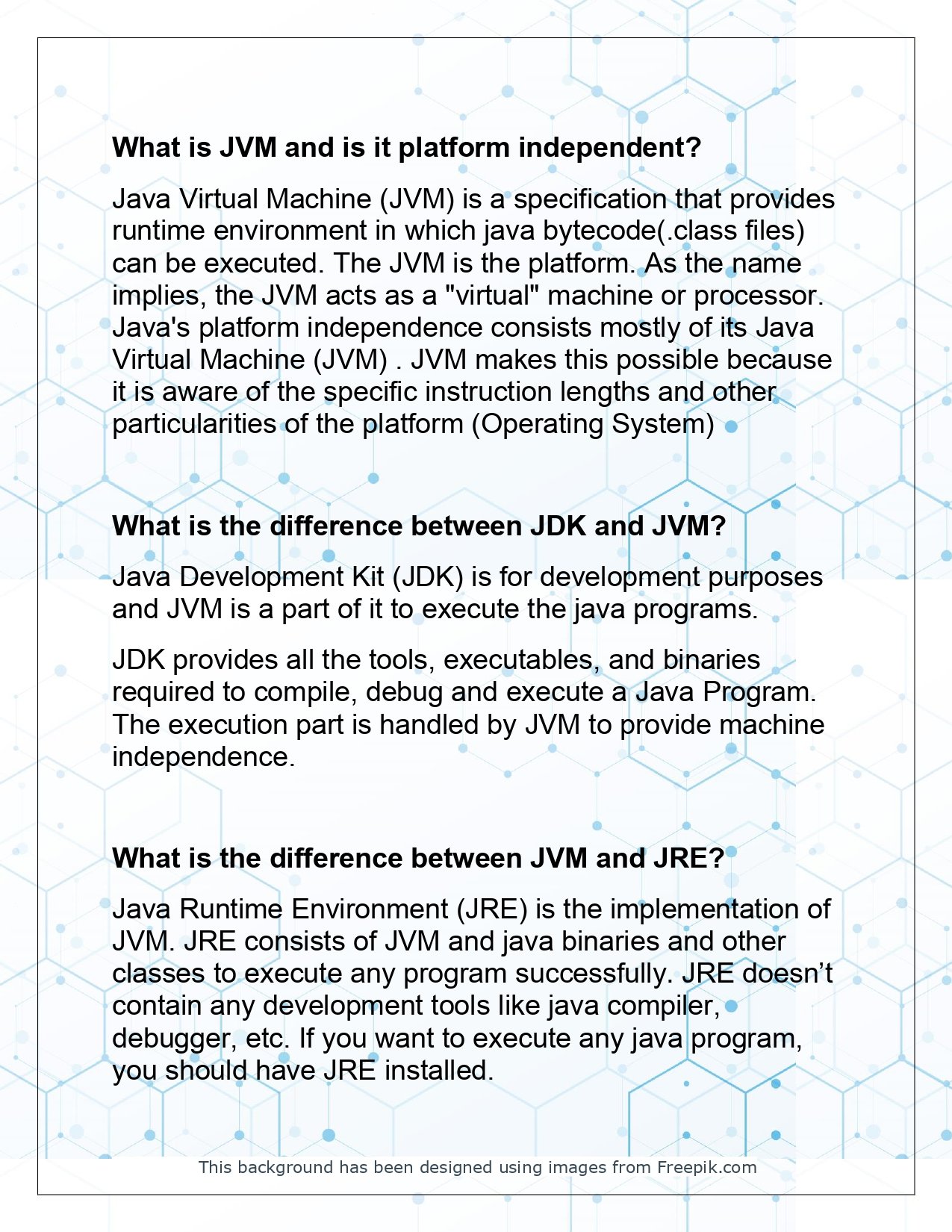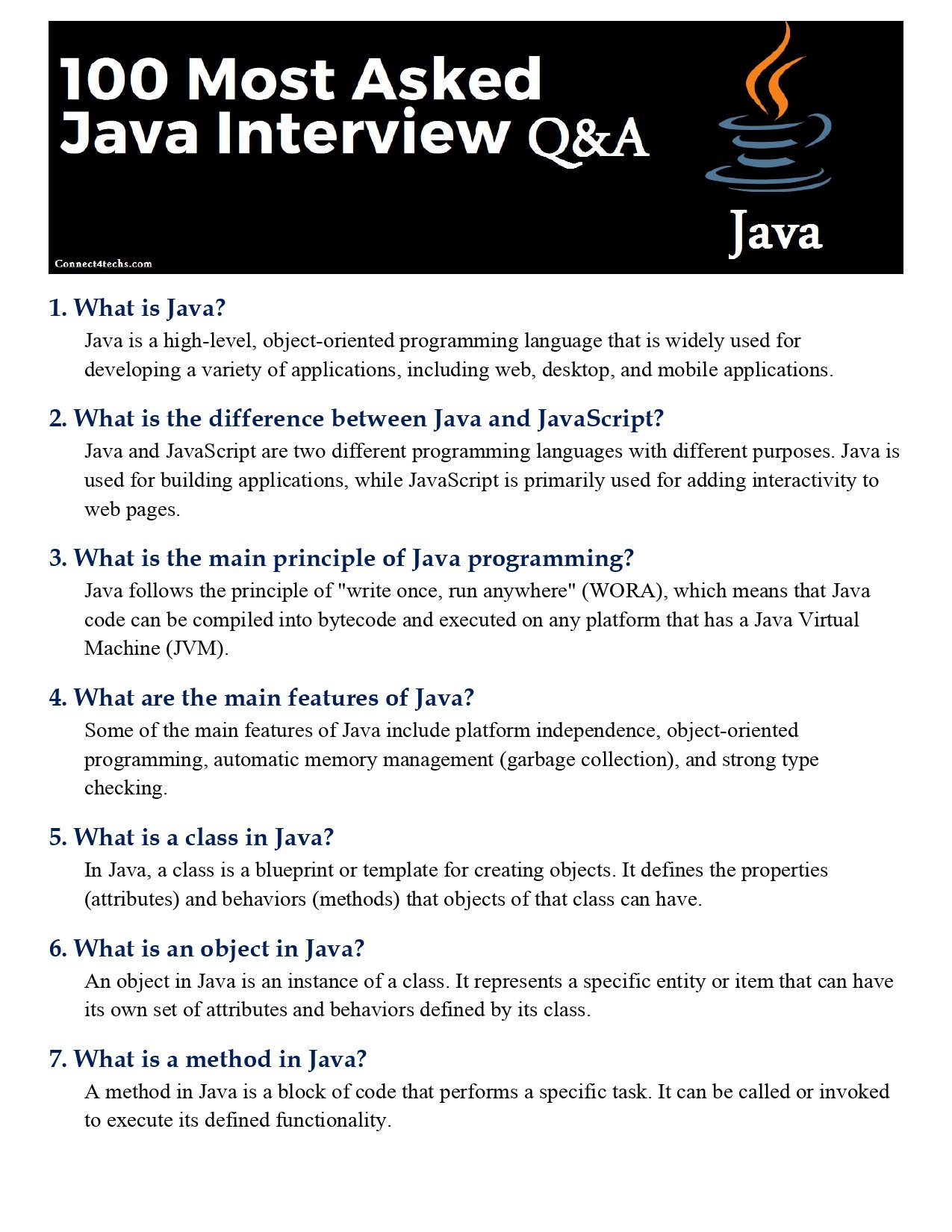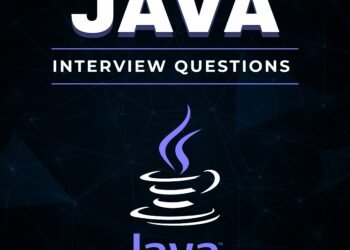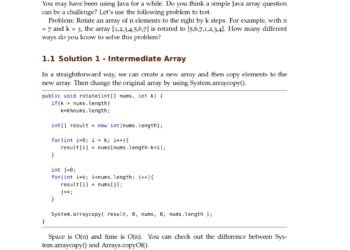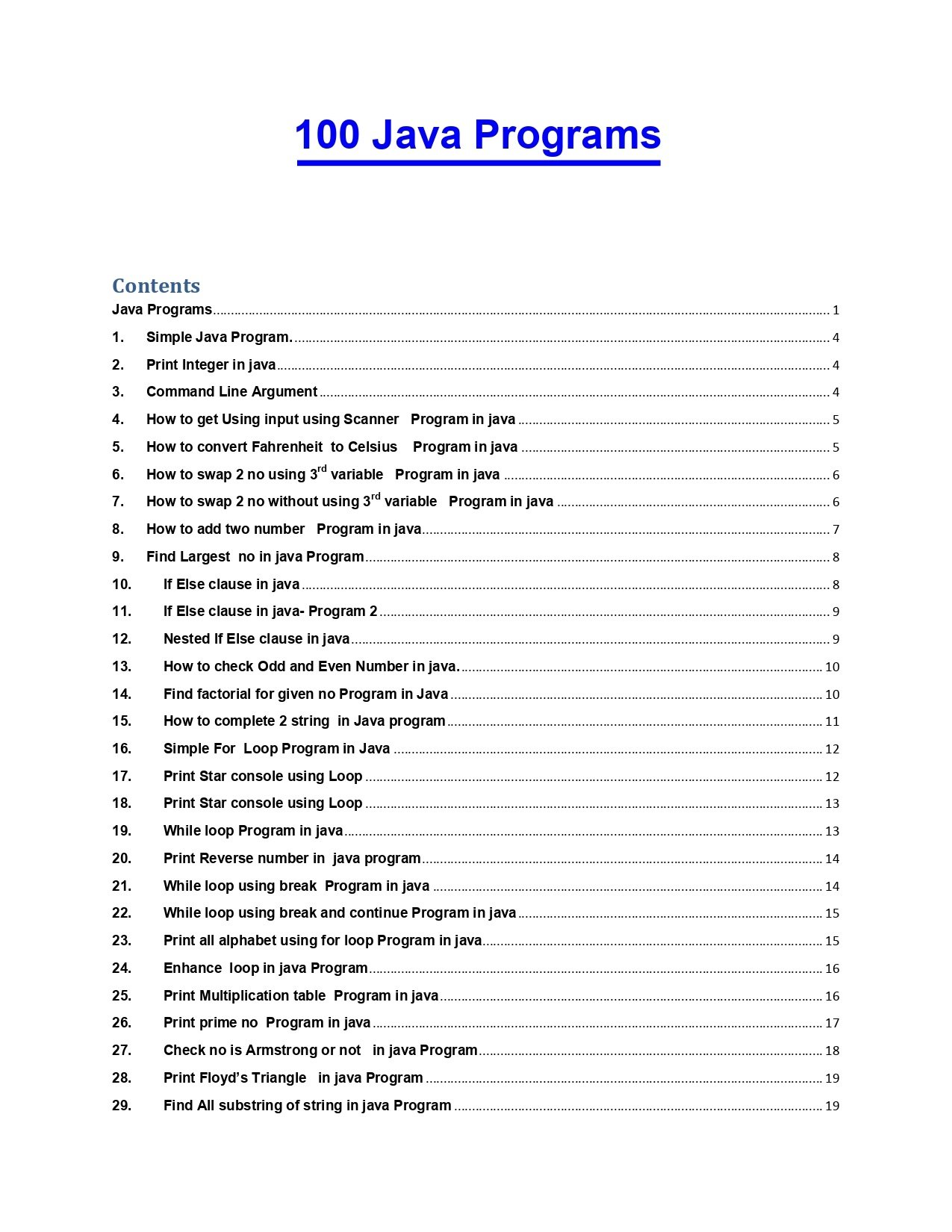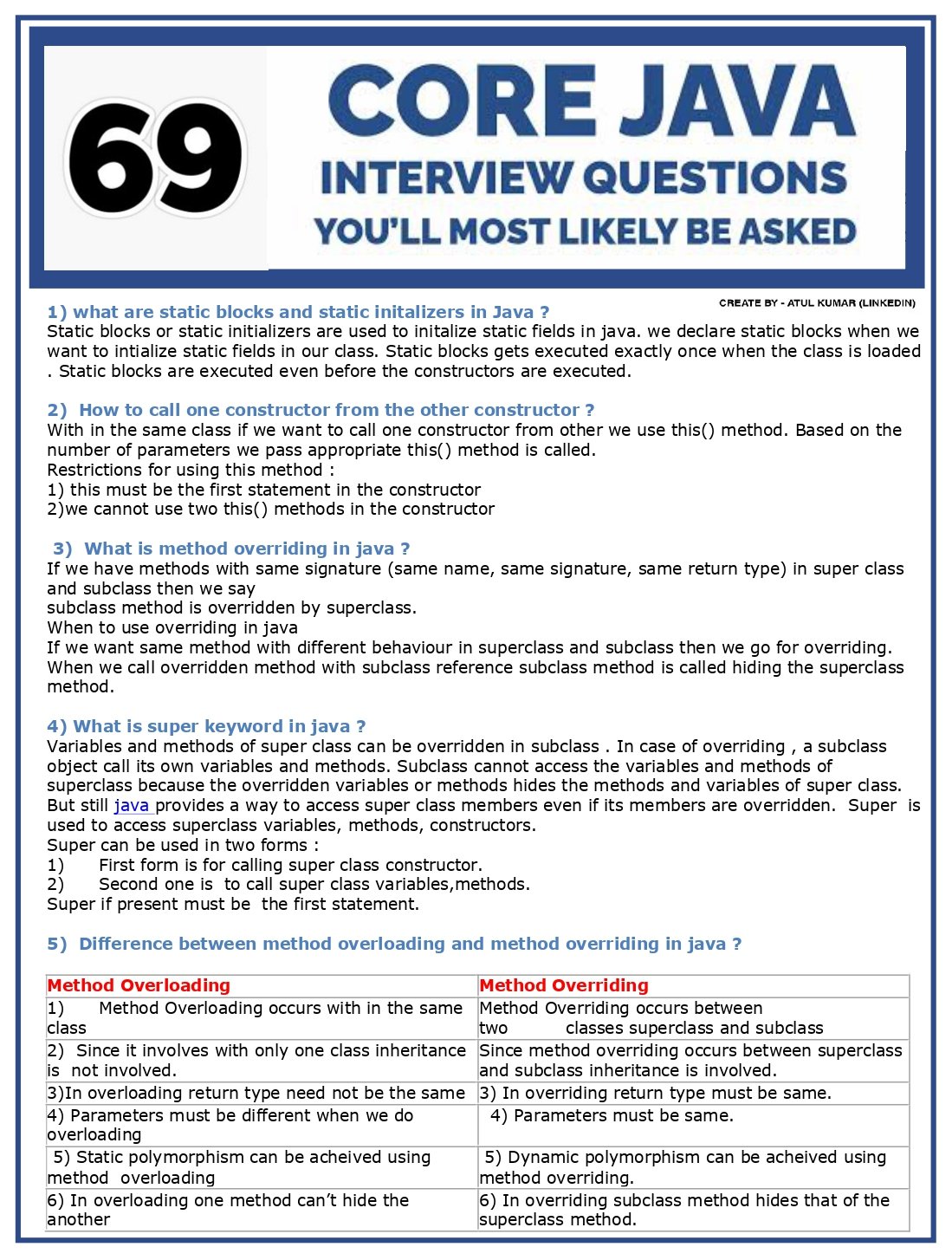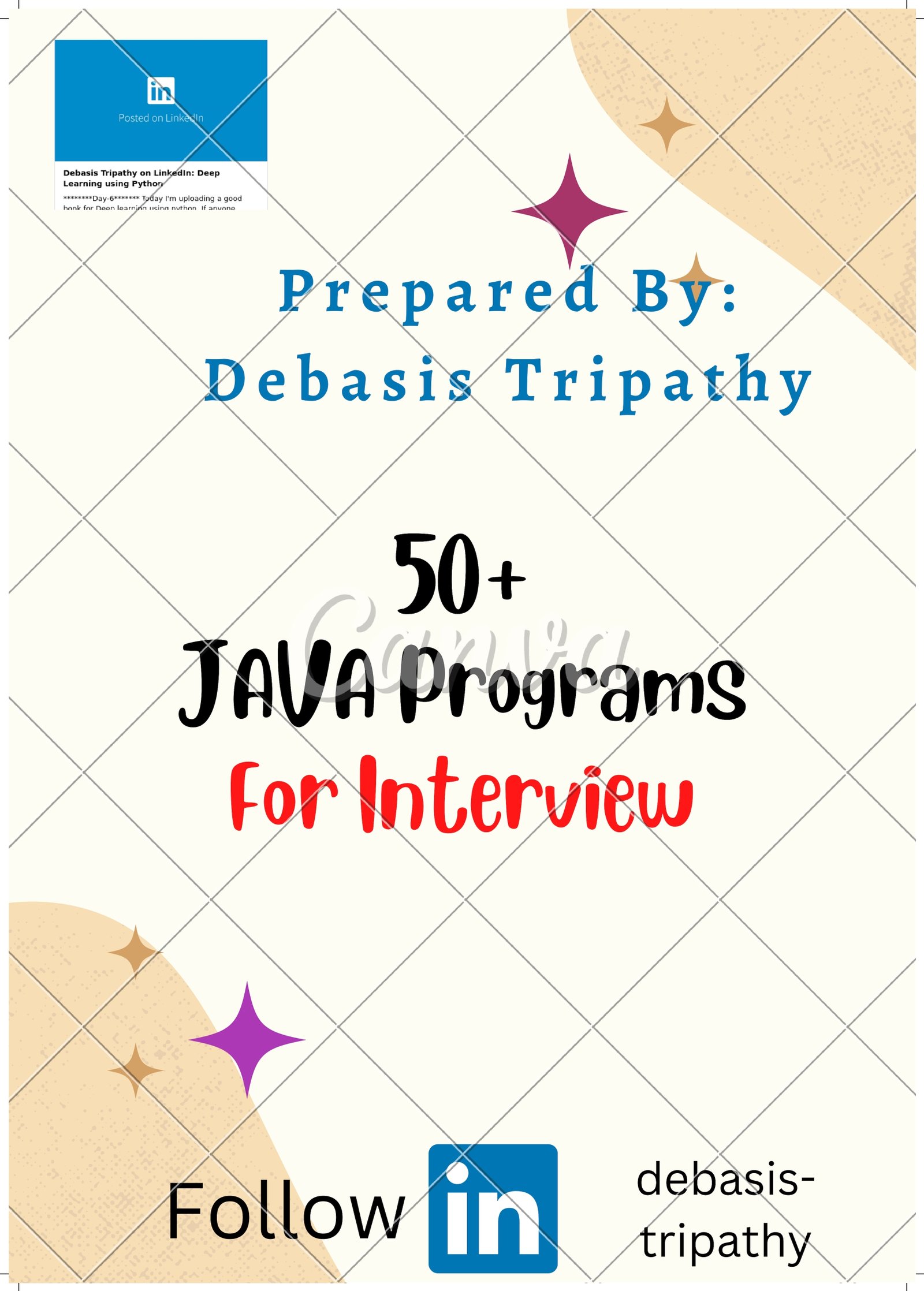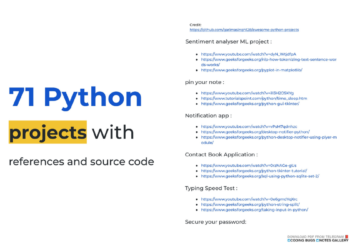The Java Virtual Machine (JVM) is a critical component of the Java platform, responsible for executing Java bytecode and providing a platform-independent environment for Java programs. Understanding how the JVM works is essential for Java developers to optimize their code and ensure its compatibility across different operating systems.
In this Notes, we present a comprehensive PDF guide on the JVM, providing detailed notes to deepen your understanding of this crucial aspect of Java programming.
Overview of the Notes:
The Java Virtual Machine (JVM): PDF Notes offer a comprehensive resource that covers the fundamental concepts and inner workings of the JVM. These notes provide valuable insights into the JVM’s architecture, memory management, garbage collection, class loading, and runtime execution. Whether you’re a beginner learning Java or an experienced developer seeking a deeper understanding of the JVM, these notes will prove invaluable.








The Content of the Notes:
- Introduction to the JVM: This section provides an overview of the JVM, explaining its role in executing Java bytecode, its platform independence, and the benefits it offers to Java developers.
- JVM Architecture: Here, you will learn about the architecture of the JVM, including its components such as the class loader, runtime data areas, execution engine, and native method interface. This section explains how these components work together to execute Java programs.
- Memory Management: The JVM manages memory dynamically for Java programs. This section explores the JVM’s memory model, including the heap, stack, and method area. It also discusses garbage collection algorithms and strategies employed by the JVM to reclaim memory.
- Class Loading: Class loading is a crucial process in the JVM that loads Java classes into memory. This section explains the class loading process, class loaders, and how the JVM resolves dependencies between classes.
- Runtime Execution: The notes cover the runtime execution of Java programs in the JVM. This section explores the bytecode execution process, just-in-time (JIT) compilation, and runtime optimizations performed by the JVM.
Why These Notes:
- In-depth Coverage: The PDF notes provide a comprehensive coverage of the JVM, delving into its architecture, memory management, class loading, and runtime execution. This enables you to gain a thorough understanding of how the JVM operates.
- Practical Application: The notes include practical examples and real-world scenarios to illustrate the concepts and demonstrate how to optimize Java code for efficient JVM execution.
- Downloadable PDF: The PDF format allows you to access the notes offline and at your convenience. You can refer to them whenever you need to refresh your knowledge or explore JVM-related topics in-depth.
- Enhanced Performance: Understanding the JVM and its intricacies empowers you to write performant Java code by leveraging its features and optimizations effectively.
Conclusion:
The Java Virtual Machine (JVM): PDF Notes provide a comprehensive guide to understanding the JVM and its crucial role in executing Java programs. By studying these notes, you will gain a deeper understanding of the JVM’s architecture, memory management, class loading, and runtime execution. This knowledge will enable you to write efficient and optimized Java code that performs well across different platforms. Embrace the power of the JVM, and unlock the full potential of Java programming!
Nu Of Pages:
8 Pages
Note: To Download the Java Virtual Machine (JVM) PDF, please Click Here.
For Java Tutorial PDF From here
